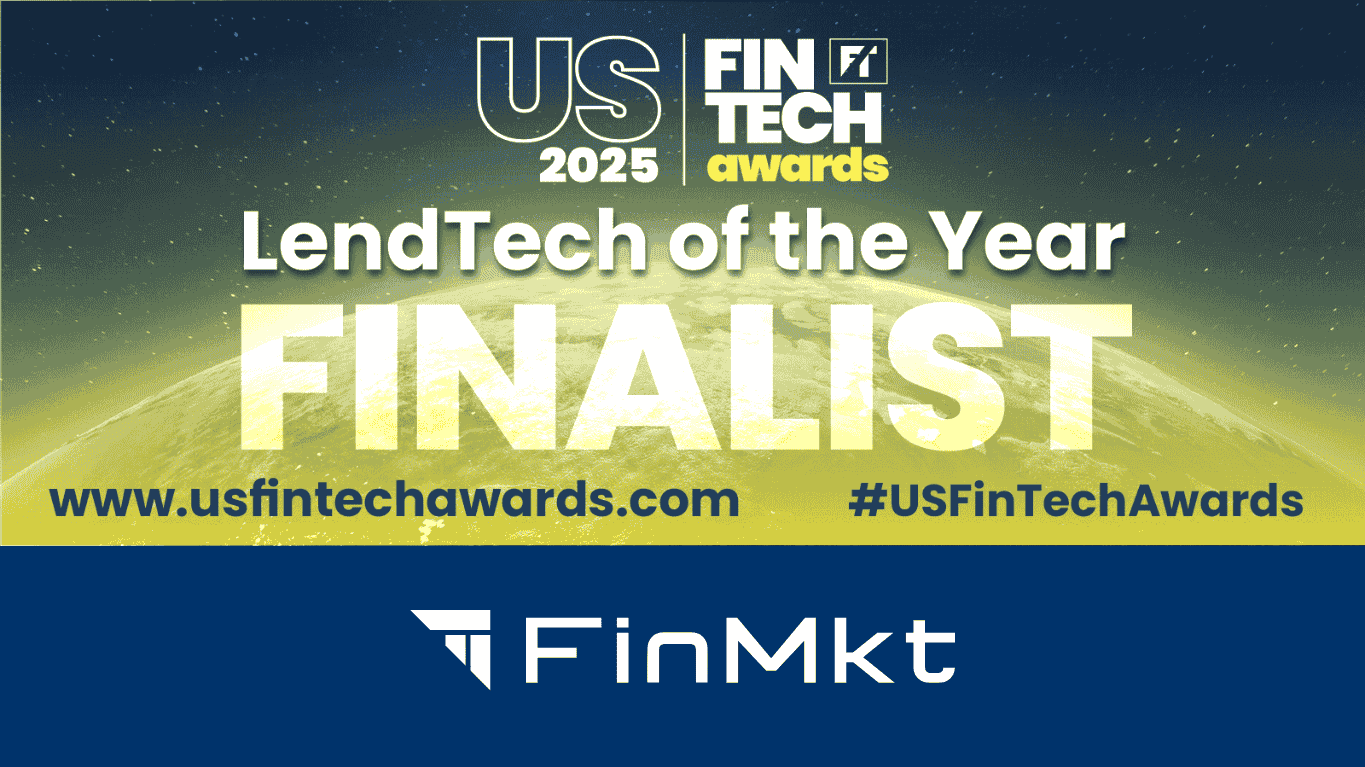Fintech Financial Inclusion: Bridging the Gap for Underbanked Populations

Fintech financial inclusion is a key driver of economic development and social progress, yet billions of people around the world remain underserved by traditional banking systems. The underbanked, often marginalized and economically disadvantaged, face significant barriers to accessing essential financial services. Bridging this divide is not just a moral necessity but also a strategic opportunity to unleash economic potential and diminish inequality. Fintech serves as the pathway to inclusivity.
Understanding Financial Exclusion
Financial exclusion refers to the lack of access to basic financial services, such as savings accounts, credit, insurance, and payment services. The underbanked, who make up a significant portion of the financially excluded, face several challenges:
- Limited Access: Physical distance to bank branches and ATMs can make banking services inaccessible.
- High Costs: Traditional banking services often come with high fees and minimum balance requirements, making them unaffordable for many.
- Lack of Documentation: Without proper identification or credit history, individuals may be unable to open bank accounts or access credit.
- Limited Awareness: Some underbanked populations may not be aware of the benefits of formal financial services or how to access them.
The Role of Technology in Promoting Fintech Financial Inclusion
The pivotal role of fintech in advancing financial inclusion is highlighted by recent technological advancements, notably in mobile banking and digital payments. Mobile phones, even in remote regions, have become central in providing access to financial services, facilitating:
- Mobile Banking: Enabling basic banking services like deposits, withdrawals, and transfers through mobile devices.
- Digital Payments: Providing secure and convenient payment options, such as closed-loop wallet software, and reducing dependence on cash to financial security.
- Alternative Credit Scoring: Utilizing non-traditional data sources such as mobile phone usage or utility payments to evaluate creditworthiness and offer loans.
While fintech advancements are empowering underbanked populations with greater financial access, the benefits of solutions like pre-settlement funding can also provide timely financial relief for those in need. This innovative approach can be crucial in bridging gaps in financial security for underserved groups.
Successful Initiatives and Impact
Numerous initiatives and partnerships have been launched to promote financial inclusion with significant success:

- M-PESA (Kenya): A mobile-based money transfer service that has revolutionized banking for millions, enabling users to deposit, withdraw, and transfer money using their mobile phones.
- Jan Dhan Yojana (India): India's national financial inclusion campaign, which has resulted in millions of previously unbanked individuals gaining access to banking services.
- Microfinance Institutions: Providing small loans and financial services to underserved populations, empowering individuals to start businesses and improve their livelihoods.
Overcoming Challenges and Future Outlook
While progress has been made, challenges remain in achieving universal financial inclusion:
- Infrastructure: Ensuring reliable and affordable access to mobile and internet services in rural and remote areas.
- Regulatory Environment: Developing supportive regulatory frameworks that encourage innovation while ensuring consumer protection.
- Financial Literacy: Promoting financial education to empower individuals to make informed financial decisions.

Looking ahead, continued innovation, collaboration, and commitment are essential to bridging the gap of financial inclusion. Fintech, with its innovative technologies and agile business models, has the potential to revolutionize financial services for underbanked populations. Here's how:
- Accessibility and Convenience: Fintech solutions are often accessible through mobile phones, providing a convenient way for underbanked individuals to access financial services without the need for physical bank branches. Mobile banking apps, digital wallets, and peer-to-peer payment platforms enable users to manage their finances and make transactions easily.
- Cost-Effective Solutions: Fintech companies typically offer services at lower costs compared to traditional banks. This is particularly beneficial for underbanked individuals who may be deterred by high fees and minimum balance requirements of traditional banking services.
- Alternative Credit Scoring: Fintech companies are leveraging alternative data sources, such as mobile phone usage data and utility bill payment history, to assess the creditworthiness of underbanked individuals. This enables them to extend credit to those who may not have a traditional credit history.
- Microfinance and Peer-to-Peer Lending: Credit decisioning software facilitate microloans and peer-to-peer lending, providing access to credit for individuals and small businesses that may not qualify for loans from traditional financial institutions. This can empower underbanked populations to start or expand their businesses and improve their livelihoods.
- Financial Education and Inclusion: Many fintech companies are focused on promoting financial literacy and inclusion. Through educational resources and tools, they help underbanked individuals better understand financial concepts and make informed decisions about their finances.
- Insurance and Risk Mitigation: Fintech solutions can also address the insurance needs of underbanked populations. By offering microinsurance products that are affordable and accessible, fintech companies help mitigate risks and provide financial security to vulnerable communities.
Overall, fintech has the potential to significantly improve the financial well-being of underbanked populations by providing them with access to affordable, convenient, and inclusive financial services. By leveraging technology such as Fintech and fostering inclusive policies, we can create a more equitable and prosperous future for all.

















